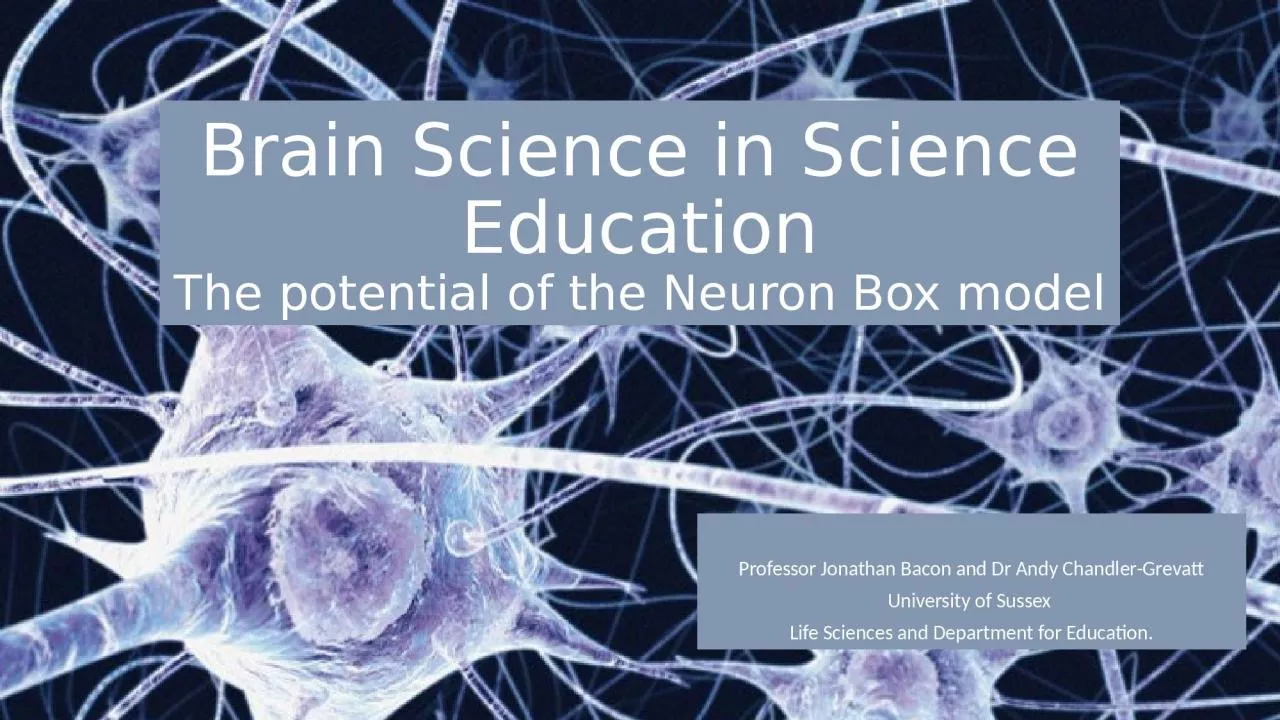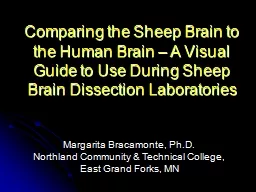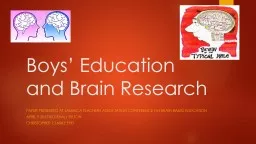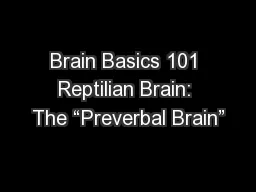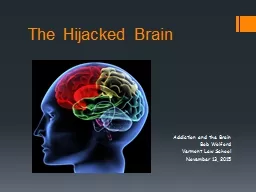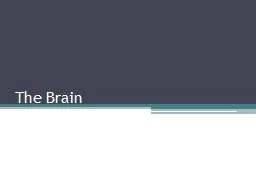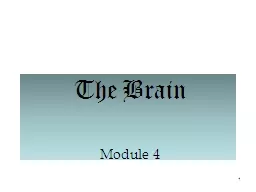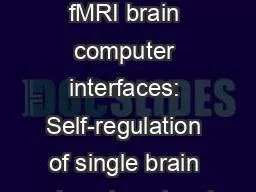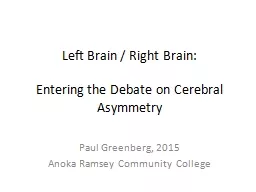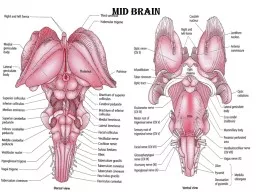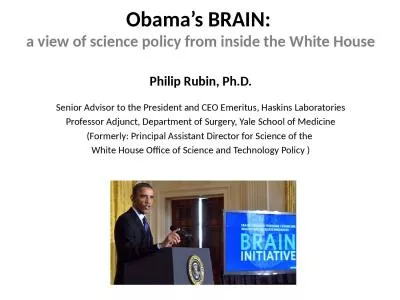PPT-Brain Science in Science Education
Author : isabella | Published Date : 2022-07-01
The potential of the Neuron Box model Professor Jonathan Bacon and Dr Andy Chandler Grevatt University of Sussex Life Sciences and Department for Education T16
Presentation Embed Code
Download Presentation
Download Presentation The PPT/PDF document "Brain Science in Science Education" is the property of its rightful owner. Permission is granted to download and print the materials on this website for personal, non-commercial use only, and to display it on your personal computer provided you do not modify the materials and that you retain all copyright notices contained in the materials. By downloading content from our website, you accept the terms of this agreement.
Brain Science in Science Education: Transcript
Download Rules Of Document
"Brain Science in Science Education"The content belongs to its owner. You may download and print it for personal use, without modification, and keep all copyright notices. By downloading, you agree to these terms.
Related Documents

